The NVIDIA GeForce GTX 980 Ti Review
by Ryan Smith on May 31, 2015 6:00 PM ESTMeet The GeForce GTX 980 Ti
Like the rest of NVIDIA’s high-end cards in this generation, the reference GeForce GTX 980 Ti is launching with NVIDIA’s standard metal cooler. This design has served NVIDIA well since the launch of the GTX Titan in 2013 and continues to be the blower design to beat the high end, easily handling the 250W TDP of NVIDIA’s high-end cards without generating a ton of noise in the process.
As with so many other aspects of the GTX 980 Ti, the GTX 980 Ti’s cooler and build is a near-copy of the GTX Titan X. The only difference in the cooler is the paint job; GTX Titan X got a unique black paint job, while GTX 980 Ti gets the more standard bare aluminum finish with black lettering and a black-tinted polycarbonate window.
Otherwise there’s very little to be said about the GTX 980 Ti’s design that hasn’t been said before, so we’ll just recap what we said about the cooler design from our review of the GTX Titan X.
For GTX 980 Ti, NVIDIA has opted to leave well enough alone, having made virtually no changes to the shroud or cooling apparatus. And truth be told it’s hard to fault NVIDIA right now, as this design remains the gold (well, aluminum) standard for a blower. Looks aside, after years of blowers that rattled, or were too loud, or didn’t cool discrete components very well, NVIDIA is sitting on a very solid design that I’m not really sure how anyone would top (but I’d love to see them try).
In any case, our favorite metal shroud is back once again. Composed of a cast aluminum housing and held together using a combination of rivets and screws, it’s as physically solid a shroud as we’ve ever seen. The card measures 10.5” long overall, which at this point is NVIDIA’s standard size for high-end GTX cards.
Drilling down we have the card’s primary cooling apparatus, composed of a nickel-tipped wedge-shaped heatsink and ringed radial fan. The heatsink itself is attached to the GPU via a copper vapor chamber, something that has been exclusive to NVIDIA’s 250W cards and provides the best possible heat transfer between the GPU and heatsink. Meanwhile the rest of the card is covered with a black aluminum baseplate, providing basic heatsink functionality for the VRMs and other components while also protecting them.
Finally at the bottom of the stack we have the card itself, complete with the GM200 GPU, VRAM chips, and various discrete components. The GM200 PCB places the GPU and VRAM chips towards the front of the card, while the VRMs and other discrete components occupy the back. As with the GTX Titan X, GTX 980 Ti features NVIDIA’s reworked component placement to improve airflow to the discrete components and reduce temperatures, along with employing molded inductors.
NVIDIA once again employs a 6+2 phase VRM design, with 6 phases for the GPU and another 2 for the VRAM. This means that GTX 980 Ti has a bit of power delivery headroom – NVIDIA allows the power limit to be increased by 10% to 275W – but hardcore overclockers will find that there isn’t an extreme amount of additional headroom to play with. Based on our sample the actual shipping voltage at the max boost clock is a bit higher than GTX Titan X, coming in at 1.187v, so in non-TDP constrained scenarios there is some additional headroom through overvolting, up to 1.23v in the case of our sample.
In terms of overall design, unlike GTX Titan X and its 24 VRAM chips, for the GTX 980 Ti NVIDIA only needs to use 12 VRAM chips to get the card’s 6GB of VRAM, so all of the VRAM is located at the front of the card. Halving the RAM capacity simplifies the card a bit – there are now no critical components on the back – and it brings down the total VRAM power consumption slightly. However despite this, NVIDIA has not brought back the backplate from the GTX 980, having removed it on the GTX Titan X due to the VRAM chips it placed on the rear.
Moving on, in accordance with GTX 980 Ti’s 250W TDP and the reuse of the metal cooler, power delivery for the GTX 980 Ti is identical to its predecessors. This means a 6-pin and an 8-pin power connector at the top of the card, to provide up to 225W, with the final 75W coming from the PCIe slot.
Meanwhile display I/O follows the same configuration we’ve seen on the rest of the high-end GTX 900 series. This is 1x DL-DVI-I, 3x DisplayPort 1.2, and 1x HDMI 2.0, with a total limit of 4 displays. In the case of GTX 980 Ti the DVI port is somewhat antiquated at this point – the card is generally overpowered for the relatively low maximum resolutions of DL-DVI – but on the other hand the HDMI 2.0 port is actually going to be of some value here since it means GTX 980 Ti can drive a 4K TV. Meanwhile if you have money to spare and need to drive more than a single 4K display, GTX 980 Ti also features a pair of SLI connectors for even more power.
Finally, taking a look at the long term, I wanted to quickly hit upon the subject of the VRAM capacity difference between the GTX 980 Ti and the GTX Titan X. Essentially NVIDIA’s only remaining selling point for the GTX Titan X, the Titan will remain their only 12GB card for some time to come. For NVIDIA this means that they can pitch the GTX Titan X as a more future-proof card than the GTX 980 Ti, as it would be hard-pressed to run out of VRAM.
The question for the moment then is whether 12GB is worth a higher premium, let alone the GTX Titan X’s $350 premium. The original GTX Titan by comparison was fortunate enough to come out with 6GB right before the current-generation consoles launched, and with them their 8GB memory configurations. This lead to a rather sudden jump in VRAM requirements in games that the GTX Titan was well positioned to handle, whereas GTX 780 Ti and its 3GB of VRAM can struggle in the very latest games at 4K resolutions. Much like 6GB in 2013, 12GB is overkill in 2015, all the while 6GB is a more practical amount for a 384-bit card at this time.
But to answer the question at hand, unlike the original GTX Titan, I suspect 12GB will remain overkill for a much longer period of time, especially without a significant technology bump like the consoles to drive up VRAM requirements. And consequently I don’t expect GTX 980 Ti to have any real issues with VRAM capacity in games over the next couple of years, making it better off than the GTX 780 Ti, relatively speaking.


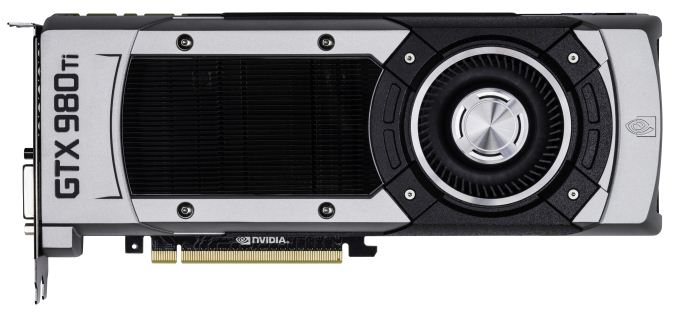
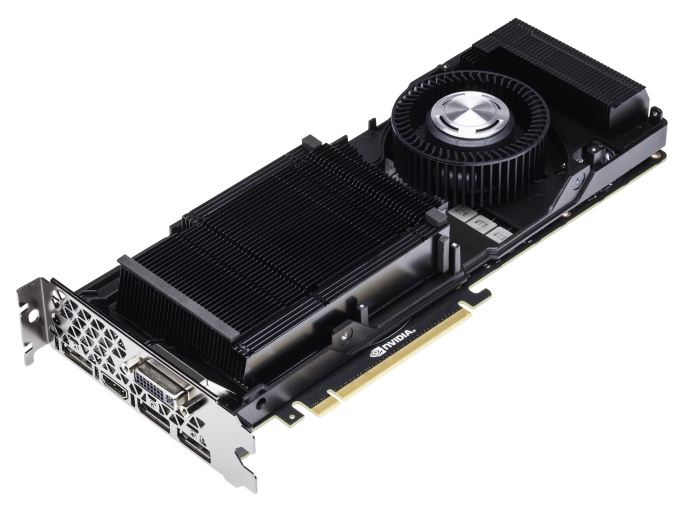
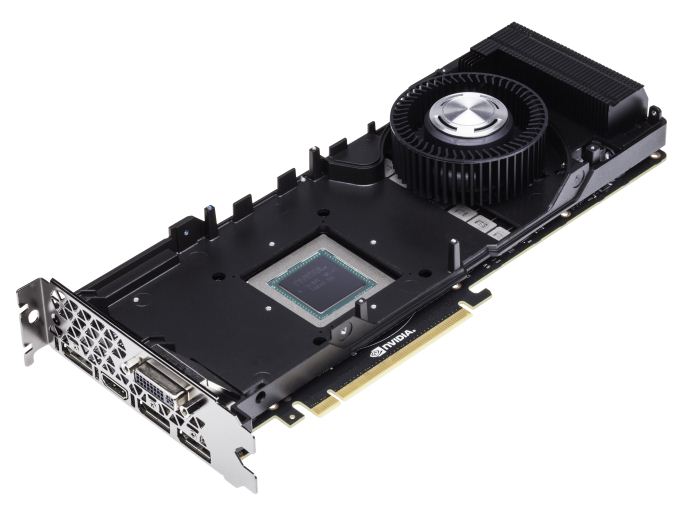
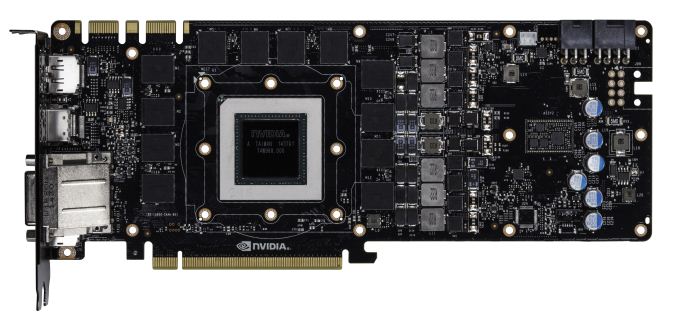

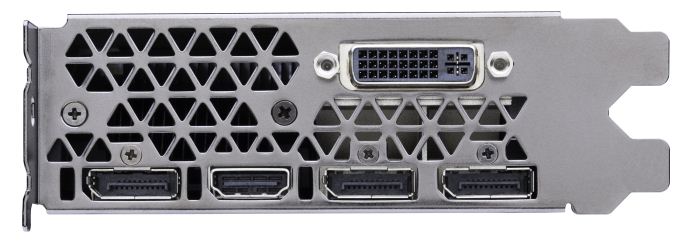








290 Comments
View All Comments
chizow - Monday, June 1, 2015 - link
780 was $650 at launch actually, and stayed there for some 6 months until AMD launched the 290X. The only way Nvidia will drop price on the 980Ti is if Fiji is both faster than it and priced similar, and even then Nvidia may not touch a thing.I think Nvidia knows what AMD has and they've already set the price points for AMD so that they won't have to change their pricing no matter what.
fingerbob69 - Tuesday, June 2, 2015 - link
"The only way Nvidia will drop price on the 980Ti is if Fiji is both faster than it and priced similar" ...and given themselves a month's head start ...and AMD a whole month too look at this Ti and adjust accordingly (if even necessary).I think it's nVidia who's looking weak here. In the UK Scan/Overclockers are really low on AMD stock 290 thru to 290x ...big launch coming?
chizow - Tuesday, June 2, 2015 - link
Yes, I'm sure it was AMD taking a position of strength to allow Nvidia to completely dominate the dGPU landscape for the last 9 months, unopposed, unchallenged since the GTX 970/980 launch, followed by the GTX 960, GTX Titan X, and GTX 980Ti. Makes perfect sense.Everyone expects a big launch from AMD sure, but I guess they are just waiting for Nvidia to tire themselves out first. I mean a quick scan in the US shows you can't find the GTX 980Ti anywhere, sold out instantly in a single day. AMD is just biding their time though for something big to pop out of a hole in the ground! :)
HeavyHemi - Saturday, September 12, 2015 - link
'Hole in the ground' if someone was buried a55 up. Ha...theuglyman0war - Thursday, June 4, 2015 - link
that would be a shame. It's been a long time since I pulled the trigger on my upgrade itches. Never thought it would be this long. ( gtx 480 tri sli at $399 with the starcraft release discount coupon )I think I assumed that the rise in pricing after gtx 580 was just going to be a short term fluke and that the world would return to sanity with resumption of the $499 pricing.
I imagine I would have probably have upgraded twice otherwise. I wonder if my demographic adds up to a significant lost market at the end of the day?
On the bright side...
Having waited this long, If I start buying used in two years the performance gain will be worth the loss of warranty considering the high cost.
NvidiaWins - Wednesday, June 3, 2015 - link
Agreed. Nvidia has no worries when it comes to AMD next series gpu. AMD will not be able to compete with the 980Ti price point.n13L5 - Tuesday, August 4, 2015 - link
"Just wait for AMD's release and the price will have to drop."Exactly why all those Nvidia fanboys should shut their mouths:
If they were to succeed in maligning AMD to death, handing Nvidia a monopoly, Nvidia will have not only lost any reason to ever drop prices, they'll also loose any reason to rush new gaming cards out. They'd put consumer cards at the very back of the queue, to be released at Nvidia's convenience - because Nvidia gets better margins from HPC sales.
Frenetic Pony - Monday, June 1, 2015 - link
Sir! You're trolling is commendable, the people biting, so serious. I salute you.StevoLincolnite - Monday, June 1, 2015 - link
You're = You are.In this instance it is "your".
Leyawiin - Monday, June 1, 2015 - link
Their, they're, there - no call for typo nitpicking. He who is free of guilt and all. As far as the 28nm bit, its probably ore of a well-poisoning comment by someone who leans towards the other camp.